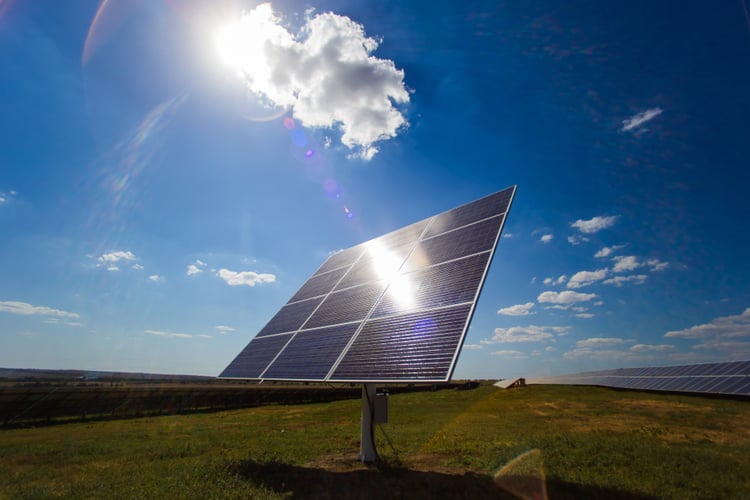Solar energy maintains its place among the fastest-growing sources of electricity in the US, despite recent supply chain issues and uncertainty related to import tariffs. Adopting solar energy is a proven way to reduce emissions in homes and businesses: in the case of New York, each kilowatt-hour from the grid represents a footprint of around 289 g of CO2 equivalent. When grid electricity is replaced with clean on-site generation, these emissions are avoided. Solar energy can also help New York building owners comply with Local Law 97 of 2019 that imposes emission limits starting in 2024.
Increase the savings of your photovoltaic solar system with professional design and installation.
The benefits of solar energy are not just environmental. Installing a photovoltaic system is also a business decision, where you assume ownership costs in exchange for greater savings. Here we will discuss three simple ways to increase your commercial solar ROI.
1) Optimal solar panel positioning

To maximize the electricity output of each solar panel , you must ensure that it receives as much sun as possible. There are two main ways to achieve this:
- Installation of solar panels in shadowless roof areas. If this is not possible, you must identify which areas receive the least shade during the day.
- Make sure your solar panels have an orientation and tilt angle that maximize incident sunlight. Optimal placement changes depending on your geographic location.
In other words, you can't just pick any part of your roof for a photovoltaic panel. You may end up installing solar modules in a constantly shaded location, which will greatly reduce electricity production.
Avoiding shadowed areas on the roof is not as simple as it seems. Because the sun's position in the sky is always changing, shadows also move throughout the day. The ideal location for solar panels is an area of the roof that receives little or no shade, regardless of the time or season.
The ideal orientation and tilt angle of solar panels depends on several factors. In northern hemisphere countries, such as the USA, solar panels are most productive when facing south. As you move further north, the tilt angle should also be increased as the sun is lower in the sky. There are also special cases: buildings with high morning consumption can obtain better results with solar panels facing east, and buildings with high afternoon consumption can save more with solar panels facing west.
2) Don't oversize your solar panel

A bigger solar panel is not necessarily better. When you reach a point where monthly generation exceeds your consumption, excess electricity is sent to the grid. Many energy companies offer net metering, giving credit for kilowatt-hours exported to the grid, but only up to the point where production equals consumption.
Beyond this point, you end up with unused credit on your electricity bill. You may have the option to carry this credit over to the next month, but very few electricity suppliers will make cash payments. Even in the rare cases where payments for surplus production are available, these are also subject to restrictions. In other words, you can't just generate unlimited electricity and bill your utility company.
Your commercial solar system should be sized so that you can reduce your electricity bills as much as possible. An oversized panel is a wasted investment: you end up distributing electricity for free, but you still have to bear the costs of owning the photovoltaic system.
3) Make sure you qualify for solar incentives

Depending on your building's location, different types of financial incentives may be available for solar energy systems. The following are some of the most common incentive types:
- Tax exemptions and tax credits
- Advance cash discounts
- Zero-interest and low-interest solar loans
The common denominator among these incentives is the reduction in the cost of ownership of your solar energy system. This means you get more savings per dollar spent and your solar PV system gets a greater return on investment.
Keep in mind that incentive programs are not available for all solar energy systems. These programs are typically managed by government agencies or electrical companies, which aim to ensure that the projects that reap the benefits are properly designed and installed.

